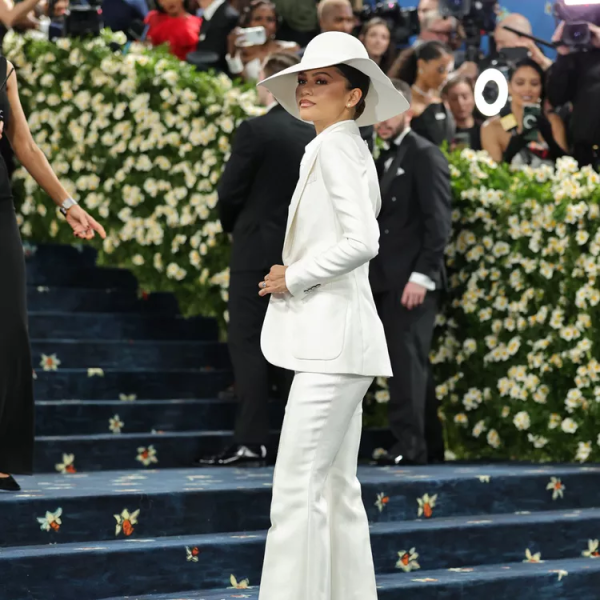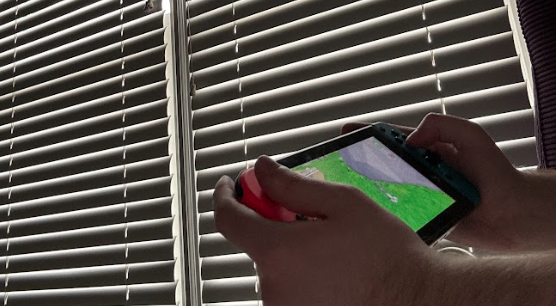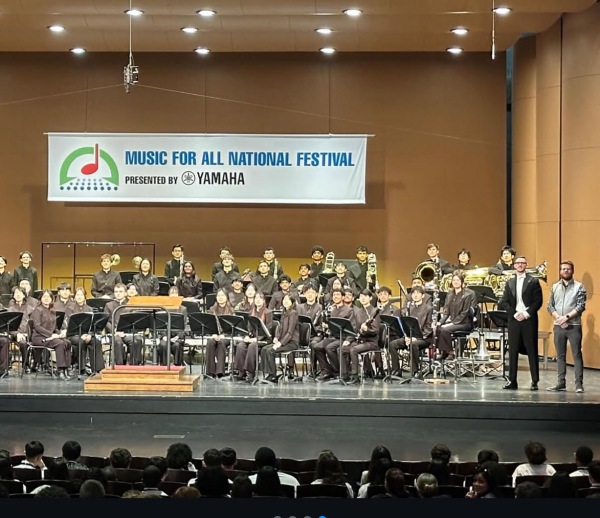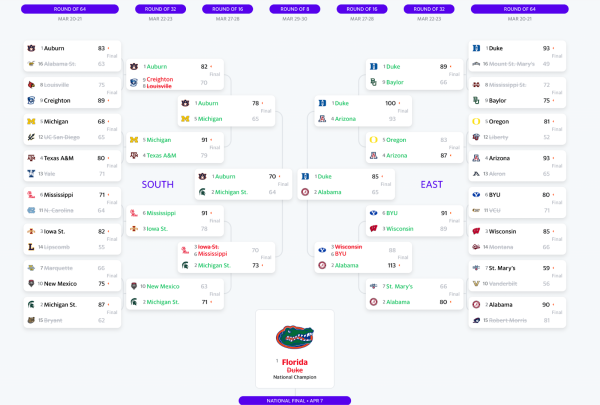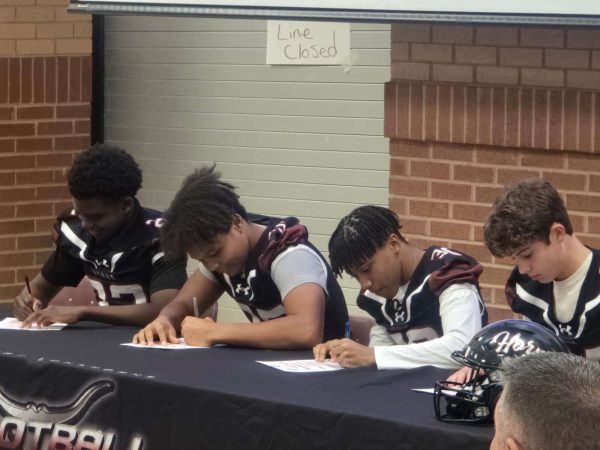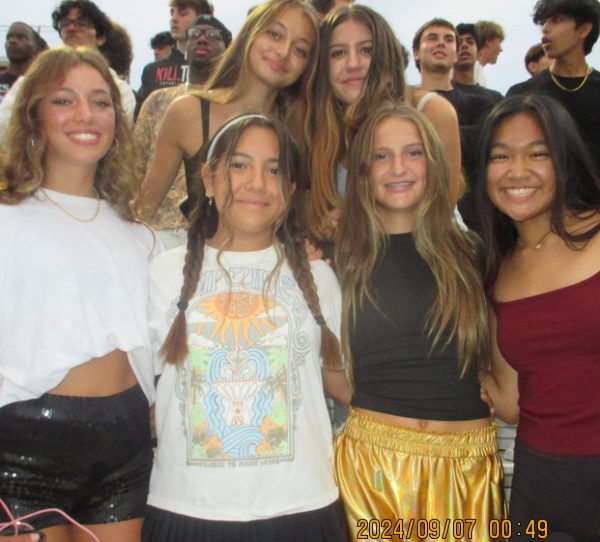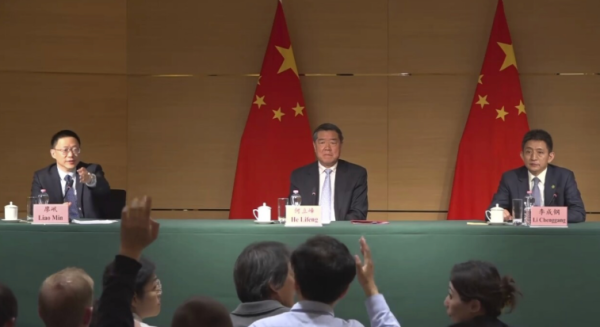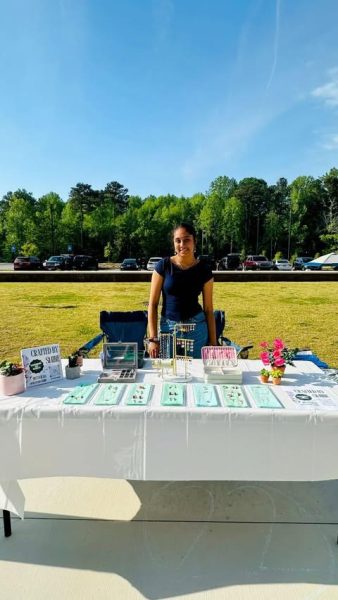The Iconic “Reputation” Era
The greatest comeback of all time occurred in 2017, and no I am not talking about the SuperBowl LI, 28-3, comeback. Taylor Swift made the greatest comeback of all time when she released her album “Reputation” in 2017.
Taylor Swift rose to fame in 2006 when she released her self-titled debut album. She was nominated for Best New Artist in 2007. Quickly, Swift began winning award after award for her impeccable songwriting ability and her show-stopping performances. She has won 11 Grammys and has been nominated 41 times.
Then disaster struck.
After years and years in the spotlight, Swift was canceled in 2016. She received backlash due to a Kayne West lyric. The two had a rocky relationship following him interrupting and humiliating Swift at the 2009 VMA Awards. He took the stage during her acceptance speech and proceeded to say he believed the award should have been given to Beyonce. Finally, in 2015, they mended fences and were seen talking after the Grammys. This friendship would not last more than a year and a half when West released a song that referenced Swift. Her representative stated that she was aware of the song, but never approved the lyric where he used profanity in connection with her.
Kim Kardashian then released a video recording of West calling Swift, getting approval of one line, but not the second that references her. This sparked the “#Swiftisoverparty” on Twitter. It began trending worldwide, people sharing their opinions about why they dislike Swift and began calling her a snake. Kardashian fueled this behavior by tweeting snake emojis and continuing to speak of the drama on her tv show “Keeping Up with the Kardashians”. West’s concerts were flooded with fans who would scream about how much they disliked Swift. This became international news and Swift was not here for it.
Swift disappeared. There was no news coverage, no paparazzi pictures, no trace of Taylor Allison Swift for over a year. Many (including myself) thought that this was the end of her career. The red lipstick, the cat content, the relatable and iconic songs would all come to an end. She would disappear into the background like so many stars before her had. In 2016, she had a net worth of $250 billion, she had no reason to keep making music. It seemed as though the sweetheart of the country music industry turned pop sensation would slowly fade to the back of the music industry. Instead, she became the music industry.
Swift deleted everything off of her social media, filling the blank profile with snakes. Her first single “Look What You Made Me Do” made references to West, and included the lyric “I’m sorry, the old Taylor can’t come to the phone right now. Why? Oh, because she’s dead.”
The album was filled with Swift’s best bridges, her edgiest songs and honestly some of her best masterpieces.
Her song “This Is Why We Can’t Have Nice Things” directly references West and Kardashian. It is most noticeable in her lyric,
“It was so nice being friends again
There I was giving you a second chance
But you stabbed me in the back while shaking my hand
And therein lies the issue, friends don’t try to trick you
Get you on the phone and mind-twist you
And so I took an axe to a mended fence.”
Swift directly references their phone call and their rollercoaster-like friendship, but dissing West is not all this album has to offer.
In her time out of the spotlight, Swift wrote 15 songs ranging from love songs, diss tracks, and just generally great hype songs. She was able to collaborate with Ed Sheeran and Future on the song “End Game” and wrote the iconic bridge of “Getaway Car” with Jack Antonoff.
This era marked Swift’s movement toward finding her voice as an artist. She was able to move forward as an artist, proving that she was not going to be defined by what others say and perceive her as.
Your donation will help support The Lambert Post, Lambert High Schools student-run newspaper! Your contribution will allow us to purchase equipment and cover website hosting costs.




